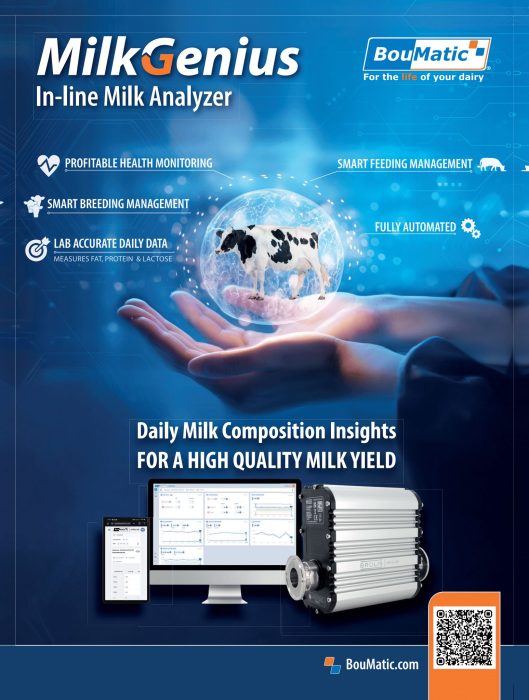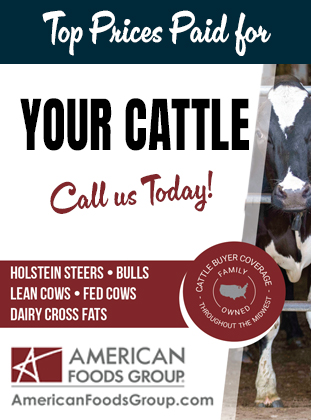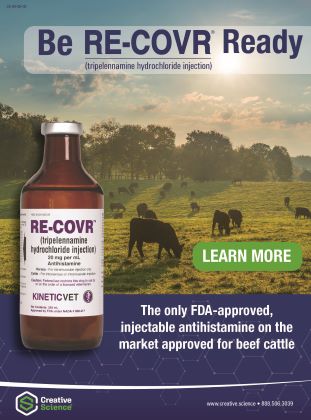Articles

Continuous Feed Pushing for Increased Food Intake From BouMatic
Butler Gold Pro from BouMatic Thanks to its special patented auger, the freshness and quality of the feed are maintained and it motivates the animals to eat the feed. THE BUTLER GOLD PRO PUSHES THE FEED GENTLY ONTO THE FEED TROUGH, WITHOUT APPLYING PRESSURE. Thanks to its special patented auger, the freshness and quality of […]
READ MORE
Looking for Spreader Options? Take Your PIK (RITE)
Manure Handling Equipment for Versatile Applications Pik Rite has a proud 40-year tradition of pursuing agricultural innovation. Had the company’s origin story been related to manure handling, it might have been named “Spread Rite.” But it started with tomatoes, not manure. In the mid-1980s, farmer Elvin Stoltzfus and welder Joe Yoder set out to create […]
READ MORE
Because Great Cows Start with Great Genetics: The 6-X Genetics Advantage
In the ever-evolving world of dairy farming, success hinges on a foundation of great cows – cows that are healthy, productive, fertile, and built to thrive in real-world commercial dairy environments. At 6-X Genetics, we believe that great cows start with great genetics. It’s that simple. Our mission is to elevate dairy production by empowering […]
READ MORE
Advanced Cow Care Powered by Technology
For Summer Butterfield, technology isn’t just about boosting efficiency or productivity – it’s about improving the lives of the animals. Known for her data-driven approach to dairy management, Summer has a history of leveraging herd data to help dairies work smarter – an approach she’s currently using to manage North Star Acres, a 2,000-cow dairy […]
READ MORE


